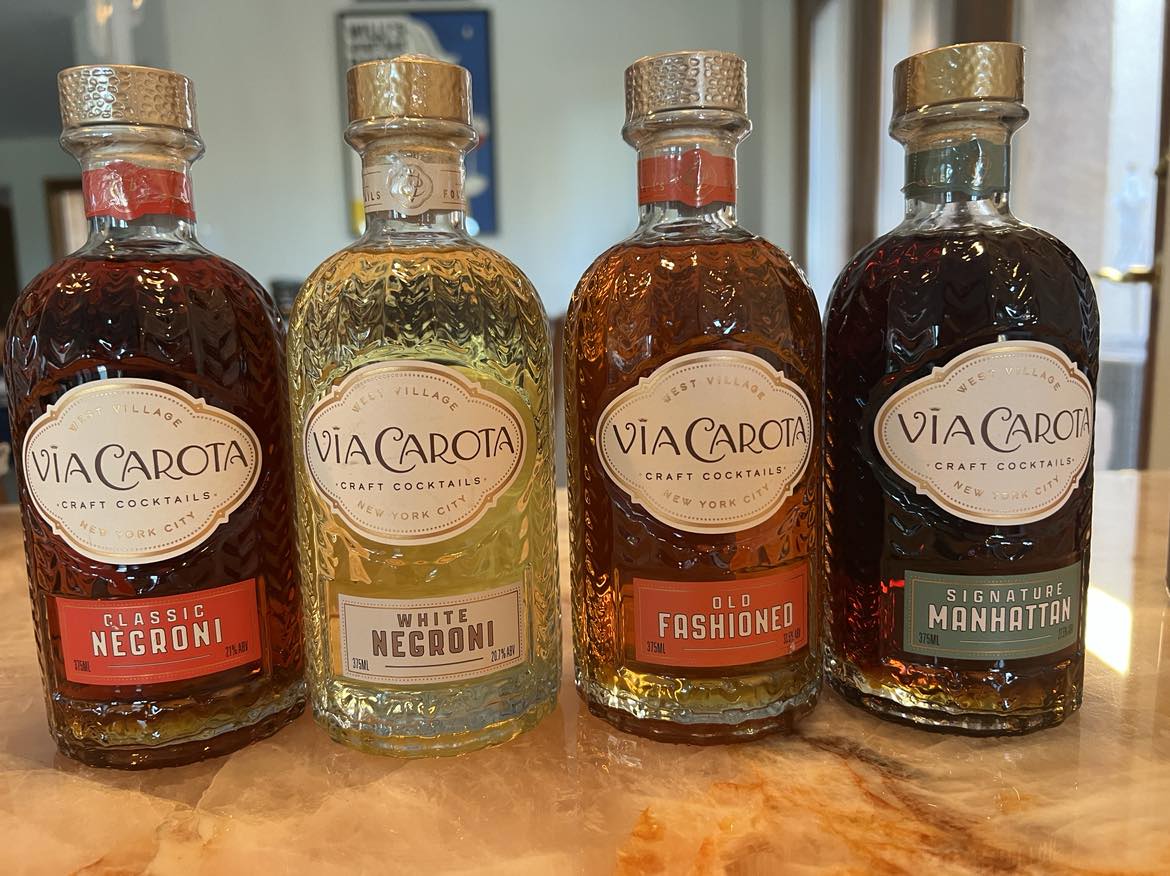What’s with those crazy wine descriptors? Wine 101ers are often bewildered by a wine that promises to offer “notes of freshly sliced apricots on a warm afternoon” or “deep lingering tannins” that they simply can’t find when they taste the wine.
Or worse yet, it’s all that they can find because the thought was put into their heads.
 Let me explain. Wine writers are caught between two worlds.
Let me explain. Wine writers are caught between two worlds.
Those in print are subjected to word count as paper is expensive. They may describe a New Zealand Sauvignon Blanc as having “nut fruit, gravel and lingering acidity” while a wine blogger with infinite space is allowed to call up memories, that help the wine buyer fully visualize what the wine tastes like. That same Sauvignon Blanc then may be described as, “juicy yellow peach and firm apricot nut fruits (thereby telling you what the elusive nut fruit is), a wet gravel driveway and a lingering acidity that begs the taster to taste again.”
Which wine do you want to buy? The second, maybe, though it’s the same wine! That’s how subjective wine tasting can be. I prefer not to read any back labels or the info sheets sent to me on the wines I’m to review – until after I’ve reviewed them.
Master Sommelier Andrew McNamara, recently interviewed by our guest writer Scott Richardson, said it best:
If I were to give you a wine to taste right now would you describe for my readers what you taste? Always! But… and this is a BIG but… wine is such an experiential thing and each person is different. What I get in a wine might be different than the person next to me. The general categories will most likely be the same, but there is some subjectivity.
What does this mean to me? A lot. I can cut myself some slack if my descriptors don’t exactly match the ones that came on the bottle. Once I actually circled the one descriptor in a tasting that I did agree with. (I do have a “cheat sheet” from my WSET course that helps me when I’m stumped. The WSET (Wine and Spirits Education Trust) Systematic Approach to Tasting has singular descriptions under categories such as Fruit, Floral, Spice, Vegetal and Other.
)
When I taste, at my computer, I may close my eyes when I drink in the aromas, make some notes, and close my eyes again when I taste. Memories of sliced fruit on my mother’s Formica counter may be one, a chocolate bar that melted in my school backpack, the Oxnard strawberry festival, a jar of cloves, spaghetti sauce bubbling over, the smell from roasting meat in my oven and even the Target parking lot after a rain – it’s like wine tasting nirvana to me.
Even better, writing about the “memories” that a wine’s flavor brings up is far more lingering than tannins.
I try to make the time, as when I have less time and imagination, even I have to suffice with chocolate (milk or dark?), strawberry (fresh?) and wet asphalt (that’s attractive?) and vow to try better next time.
I hope you do too.
Eve Bushman has been reading, writing, taking coursework and tasting wine for over 20 years. She has obtained a Level Two Intermediate Certification from the Wine and Spirits Education Trust, has been the subject of a 60-minute Wine Immersion video, authored “Wine Etiquette for Everyone” and recently served as a guest judge for the L.A. International Wine Competition. You can email Eve@EveWine101.com to ask a question about wine or spirits that may be answered in a future column. You can also seek her marketing advice via Eve@EveBushmanConsulting.com









